When one thinks of a football jersey, your first thoughts are of Ronaldo, Messi, or Salah and the tops that they wear on match day, and the number on the back of those jerseys. One seldom thinks of the matchday top that a goalkeeper wears. It differs from the others in that the goalkeeper is the only player on the pitch who may wear a different jersey in terms of colors and patterns than his colleagues.
Why do goalkeepers wear different kits? Goalkeepers wear a different jersey to outfield players, to enable referees and players to identify who are the players on the pitch who can handle the ball.
Furthermore, goalkeepers’ jerseys are seldom among the best-selling of the teams, as supporters prefer to wear the jersey of a center-forward or a goal-scoring midfielder. This leads to the goalkeeper’s outfit being less exposed in comparison to that of his colleagues
Manufacturers of goalkeepers jerseys
Nonetheless, the manufacturers go to great lengths to make the goalkeepers’ jerseys appealing, more colorful, and more aesthetically pleasing especially to the younger generation of football supporters. Despite the seeming lack of interest in goalkeepers jerseys, this did not preclude different providers from continuing to create distinctive goalkeeper jerseys, with subtly striking designs and colors by force of unusual items. Of course, there is also the small matter of the fact that the goalkeeper is required by football laws to distinguish himself from fellow players.
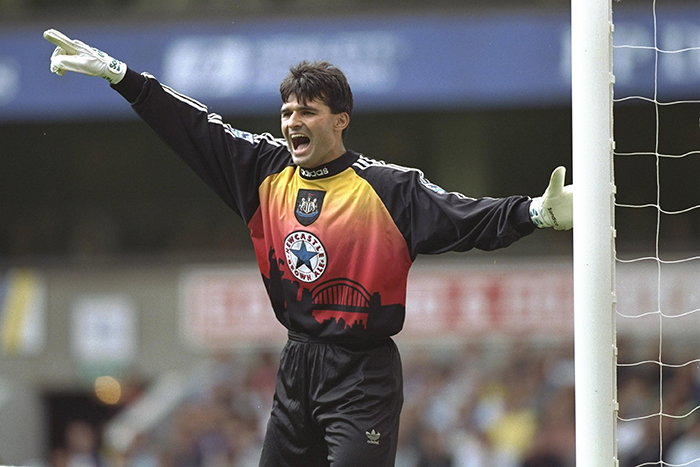
Laws of the game
Soccer’s Laws of the Game stipulate explicitly that the two sides must wear colours that differentiate them from one another and the match referees. Each goalkeeper must therefore wear colours that identify him or her from the other players and match officials.
To ensure their protection, goalkeepers wear distinguishing jerseys or complete outfits. The unique jersey or uniform enables opponents and referees to determine at a glance which player will have the legal right to use his hands or arms to play the ball and will be playing in a hazardous way.
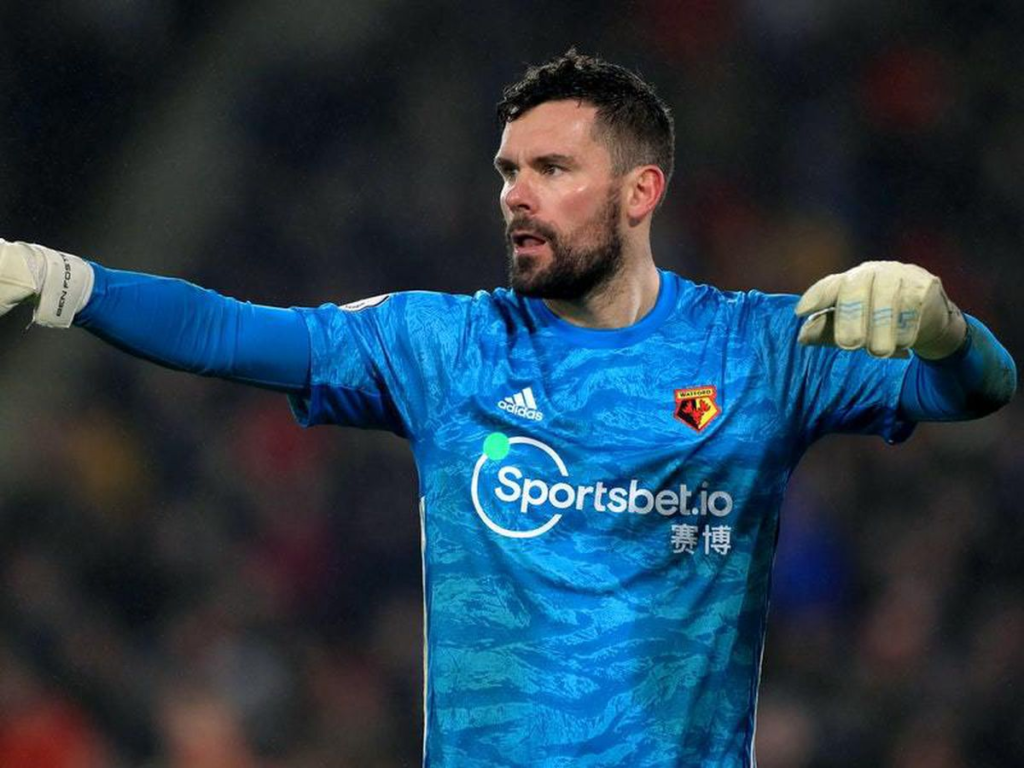
A normal soccer match will include five distinct uniform colours: the players on one team, the players on the other team, the first team’s shot-stopper, the second team’s goalkeeper, and the match officials (The official referee and his referees assistant team).
The Early Days
Despite this, there was a period in which the goalkeepers’ shirts were also forgotten by the manufacturers, who dressed the world’s last line of defence in anonymous shirts, devoid of personality and often dull colors, in the first decade of the new Millenium.
The pattern for the Nike goalkeeper jerseys from the 2008/2009 season is an example of a nondescript, single-colour outfit (shorts and socks included), with a black or white line. After 2010, soccer jersey technology evolved as well, and it was inevitable that goalkeepers wanted to be seen and heard, wanting to become an integral part of the team.
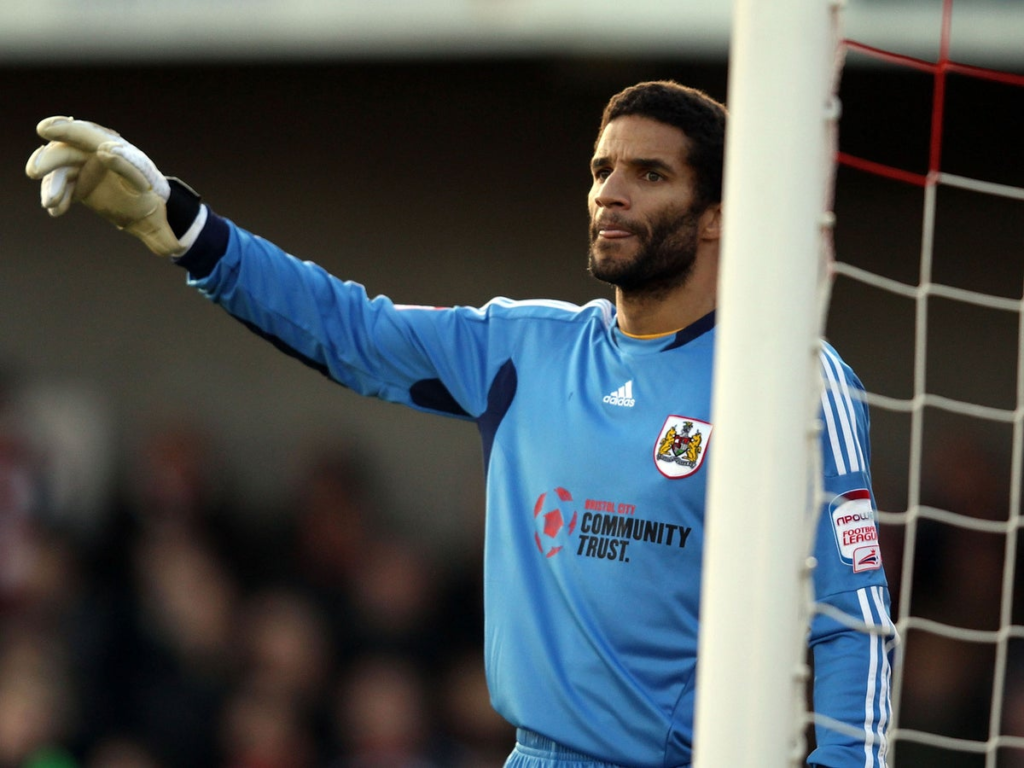
This muddled the companies manufacturing these shirts, and the outcome was shirts that were somber and had indecisive designs, a slimmer fit, and few triggers to purchase a shirt just for its visual attractiveness. As these shirts were the most expensive of all the jerseys, companies would have to find triggers to make supporters want to buy their team’s shot-stoppers jerseys.
The Beginning of the new Era
At the beginning of 2015, marketers turned their attention to the goalkeepers’ jersey to try and make it more alluring to the supporters. Goalkeepers were now becoming integral parts of the team, as more and more they were bought not only to stop the ball from entering the net but also to become a sweeper for their team, to be able to play the ball with their feet and to launch counter-attacks in the form of long raking kicks. Manufacturers were now trying to utilise the diversity from the rest of the jerseys on the field, as per the football rules dictated, and the goalkeepers added skillset and started to experiment with patterns and colours.
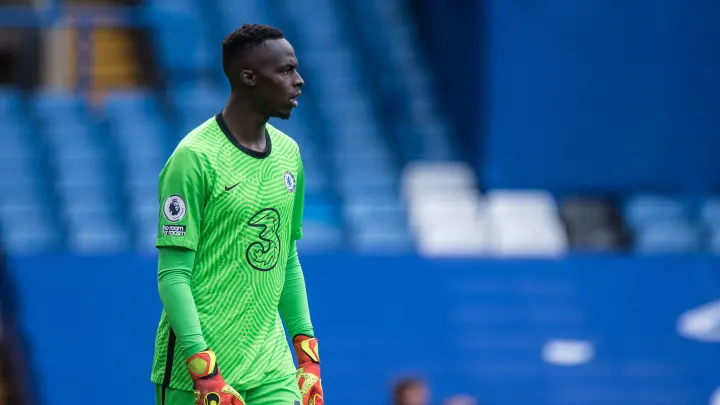
The goalkeepers’ jerseys needed to be recognizable, they needed to stand out, they needed to be different. The manufacturers started using orange, neon green, and bright red colours to manufacture the jersey. The unusual designs helped to increase sales of the aforementioned shirts, the manufacturers went a step further and created geometric patterns and exuberant and imaginative patterns that they could insert on home or away jerseys as well as samples of it the third kits of the rest of the team. This ensured that the goalkeeper uniforms remained exclusive, with their worth increasing as a result.
The football jersey has unquestionably always been a cult item. They are often the focal point of unique collections, and in some instances, they are so limited that they are even offered on resale sites such as Classic Football Shirts.
Football Laws had caused a rethink
The football laws stating that goalkeepers have to wear a distinguishing jersey on the field from the rest of the players’ teammates have seen a rethink in the design of these shirts. They are the only player on the pitch who can use their hands, and the modern goalkeeper has to deliver in every match they play.
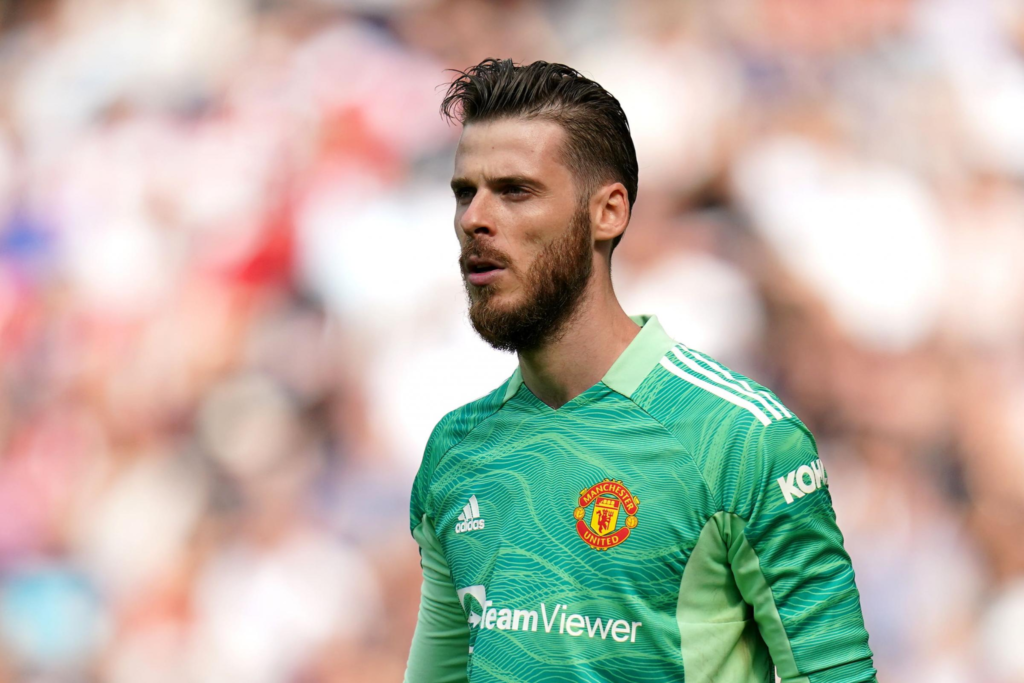
If that is coupled to how the role of the goalkeeper has evolved over the year, with the increase in the responsibilities and therefore superior skill set that is required, it is good that the companies like Nike and Adidas have had a rethink about the goalkeepers’ jerseys.
The templates created by the main manufacturers are among the most creative and colorful seen in recent years. . In a world where every jersey has potential and resale value, it is time for goalkeeping jerseys to take their place in the sun.
